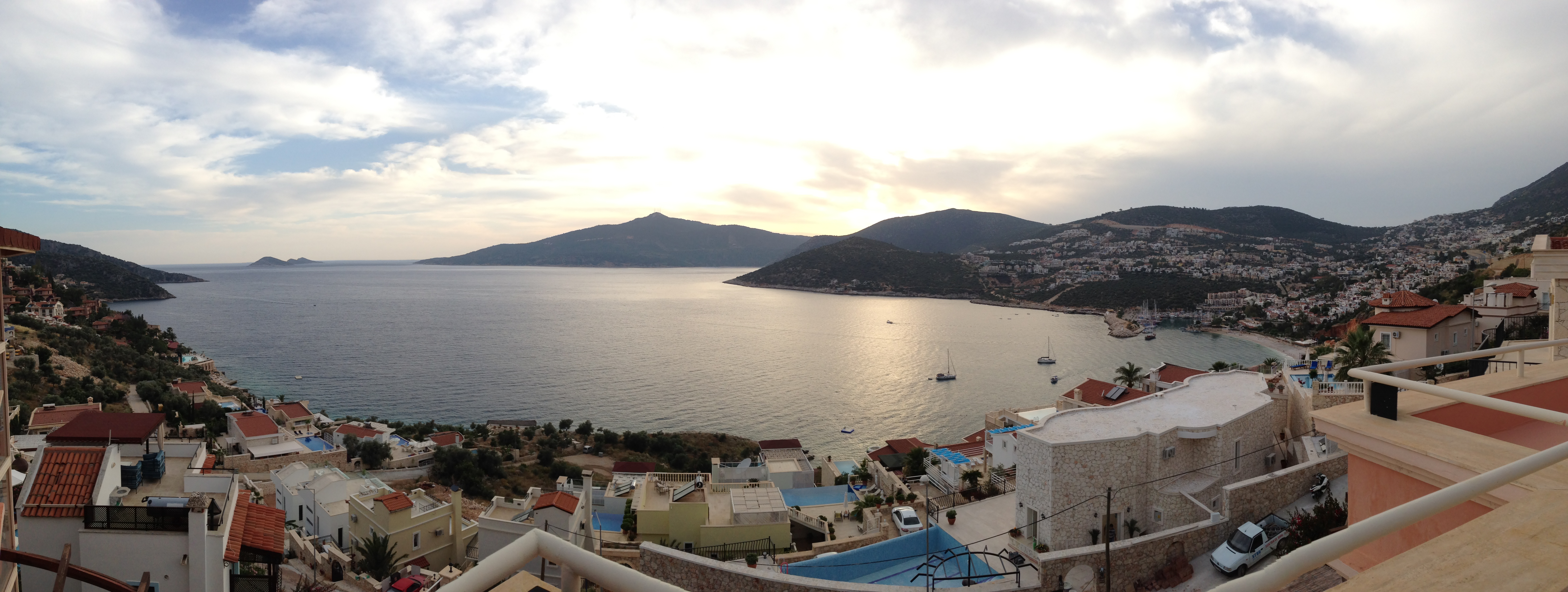Geographically, Istanbul is bisected by the 17-mile Bosphorus straight which separates Europe from Asia. This prime shipping route connects the Marmara Sea in the south to the Black Sea in the north. The Bosphorus is still the busiest and most important transportation route in Istanbul: a constant flow of giant cargo ships, public ferries and private boats navigate its waters every day.

The Golden Horn inlet, which juts off of the Bosphorus on the European side of the city, is also a prominent and vital waterway. It separates the historic peninsula in the south from Beyoğlu and the more “modern” parts of Istanbul further north.
Most of the major tourist destinations are on the European side of Istanbul. The Asian side of the city is more residential and though it has some lovely neighborhoods you will probably only pass through as a tourist if you are heading to Sabiha Gökçen airport, Haydarpaşa train station, or taking a bus out of the city to points east.
Istanbul neighborhoods:
Sultanahmet
Sultanahment is the main tourist neighborhood in Istanbul. It is home to many of the key historic sites including Aya Sofya, the Blue Mosque (called Sultanahmet in Turkish), Topkapı Palace and the Grand Bazaar. You will spend a ton of time in this area when you are in Istanbul and given the increasing number of quality hotels in the neighborhood there is a good chance you will stay here as well.
Eminönü
Eminönü is adjacent to Sultanahment on the historic peninsula of Istanbul. It sits on the south end of where the Golden Horn meets the Bosphorus and is a main port for many of the ferry boats that travel within Istanbul. If you do a Bosphorus tour you will most likely catch the boat from Eminönü. Eminönü is a stop on the tramway (which connects many of the historic neighborhoods in Istanbul) and is where you will find the Spice Bazaar, the “New” Mosque and Sirkeci train station (for trains heading to Europe and points west). The Galata bridge connects Eminönü to Karaköy, across the Golden Horn.
Karaköy
Karaköy is just across the Galata bridge from Eminönü and is the next stop on the tram. Formerly a somewhat seedy dock-side area, this neighborhood has been going through a major revitalization of late with many trendy restaurants and cafes popping up. Karaköy is home to the famous Karaköy Güllüoğlu baklava shop and the Jewish museum. You can also catch the Tünel here, one of the oldest underground rails in the world, a funicular that takes you to the foot of Istiklal street.
Beyoğlu / Taksim
Beyoğlu is the broader name for the neighborhood up the hill from Karaköy that includes the Galata district (and Galata Tower) and extends up Istiklal street into Taksim square. This was the “European” side of Istanbul during Ottoman times, when it was known as “Pera.” Pera was the neighborhood of choice for foreign dignitaries and the site of most embassies during the Ottoman era. There are a large number of hotels in this neighborhood, including many of the international chains.
Nişantaşi
Nişantaşi is one of the more upscale Istanbul neighborhoods, a little north of Taksim. It is just one metro stop past Taksim and is easy to walk to if you are in the Taksim area. In Nişantaşi you’ll find designer stores, smart cafes, and Istanbul socialites looking to see and be seen.

Kabataş
This is the final stop on the tram and the spot where you can catch the funicular to Taksim. Kabataş is also where you will find Dolmabahçe palace. You can take ferries from the pier here – across the Bosphorus to neighborhoods on the Asian side or out to the Princess Islands in the Marmara Sea.
Beşiktaş
Beşiktaş is the next neighborhood north of Kabataş along the Bosphorus. There is also a busy pier here that offers intra-city ferry service up, down, and across the Bosphorus. There are a few universities near Beşiktaş so it is often throbbing with college students and general activity. You will find some big hotels near Beşiktaş (Conrad, W, Renaissance) as well as plenty of restaurants.
Ortaköy
Ortakõy is the next neighborhood north of Beşiktaş. Many of the most expensive hotels in Istanbul lie right on the Bosphorus between Beşiktaş and Ortakõy. Ortakõy is a lovely neighborhood, tucked just under the Bosphorus bridge (the first bridge) and is well worth a visit.
Bebek and points north
As you continue up the Bosphorus north of Ortakõy the neighborhoods become increasingly residential and exclusive (i.e., crazy expensive). There are some sites worth seeing in this area, including Rumeli Hisarı and the Sadberk Hanim Museum. I highlight the Bebek neighborhood because it is one of the prime areas to check out upscale Istanbul life. The water-side restaurants (many of which become bars / clubs at night) are prime spots to go elbow-to-elbow with Istanbul’s elite.


